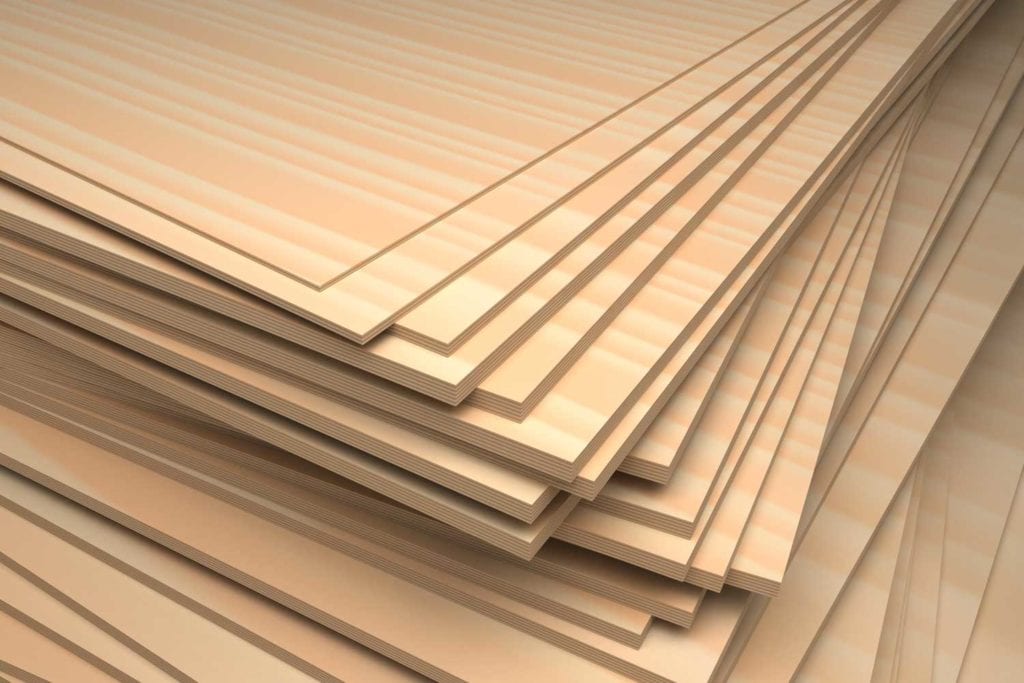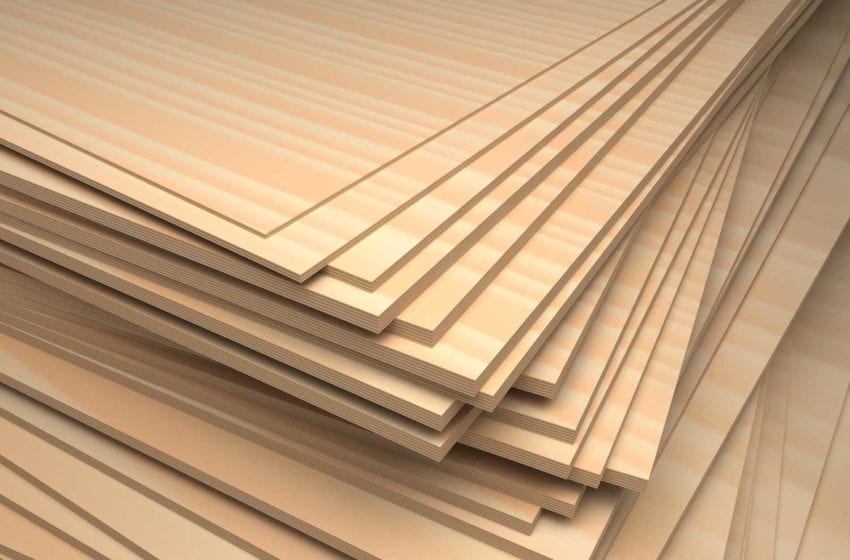
The Philippine Department of Science and Technology (DOST)—Forest Products Research and Development Institute (FPRDI) has developed glue additives from tobacco stalks and tea leaves, reports the Manila Bulletin. The new additive would reduce the cost of producing plywood.
“After several formulations and tests of the experimental plywood, the glue mixes that produced the desired improved properties were piloted to produce full-size plywood in two plywood factories in Sariaya, Quezon and Valenzuela City,” said Fortunato T. de la Pena, DOST secretary.
“Based on factory trials, the FPRDI-developed formulations could match the commercial glue mix formulation’s performance, showed lower formaldehyde emission and improved termite resistance,” he said.
Plywood is made of several layers of veneers that are bonded by adhesives that use fillers to improve the adhesive properties. Plywood manufacturers in the Philippines are currently using traditional additives of rice hull or coconut shell flour for fillers and wheat flour for extenders and the catalyst.
The newly developed additives would reduce the cost of plywood production by PHP60 ($1.24) per panel, according to de la Pena.
“The valued adding to the two waste materials would reduce solid waste disposal by converting them into useful products,” de la Pena said. “Tobacco stalks in the glue mix benefit the environment through reduction in air pollution and elimination of toxic pollutants in the soil as tobacco stalks are normally burned or allowed to decay in the field.”
Tobacco stalks in the glue mix benefit the environment through reduction in air pollution and elimination of toxic pollutants.
Fortunato T. de la Pena, DOST secretary
Tobacco farmers would also benefit from using tobacco stalks for additives: “The socio-economic benefit of the technology would be the potential added income to tobacco farmers through selling and/or processing of waste stalks for the use of the plywood industry.”











